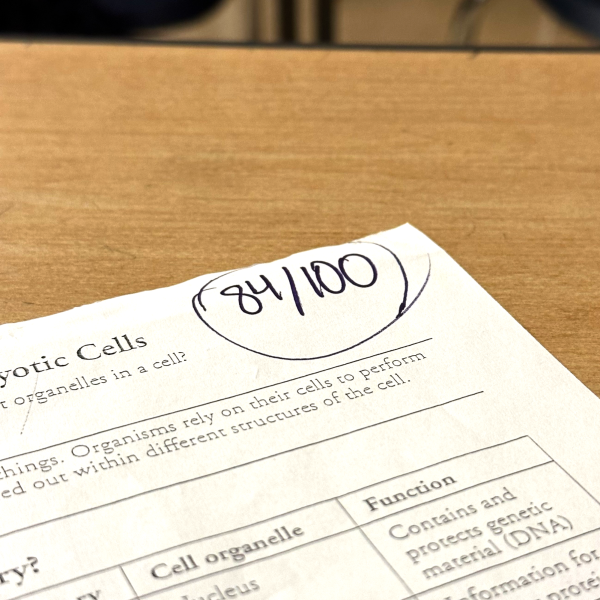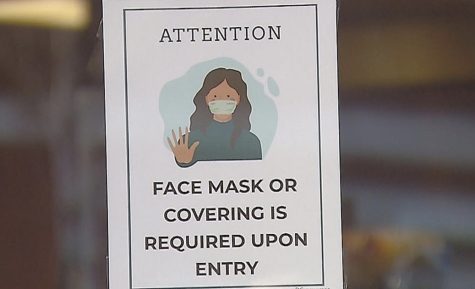Online media needs must balance speed and accuracy
April 29, 2014
It’s an inevitable fact that the nature of news is evolving. As ink-and-paper news starts to decline in popularity, news is changing its format. Almost every publication has a website and a mobile app, news aggregators like Buzzfeed and the Huffington Post are growing in popularity, and social media is becoming a main source of news for many people.
While this change brings advances like faster updates and more crowdsourced information, there are serious drawbacks that threaten the integrity of journalism and the balance between speed and accuracy.
To keep up with increasing the speed and flair of the news today, news media outlets are acting recklessly and without regard to journalistic standards. In the rush to provide the faster updates than their competitors, they continually report misinformation and biased news.
This has happened in nearly every crisis that has occurred in the past few years. In the reporting of the Sandy Hook school shooting, news sources like CNN and FOX News misidentified the shooting suspect as Ryan Lanza. Ryan Lanza turned out to be the innocent brother of the real shooter, Adam Lanza. Additionally, and more predictably, there was a wide range of reports on the number of victims and shooters, many of which were taken from unsubstantiated or anonymous sources.
Most recently, this was visible in the coverage of the missing Malaysian Airlines flight. Channels like FOX and NBC were so desperate to address the flight that they brought in people to speculate about it and called it “breaking news”. Essentially every news source reported on at least one “credible theory” on what happened to the flight, and almost everyone was wrong. The news refused to lose airtime/readers by admitting that they simply did not know the whole story.
This is an incredible problem. The need to take advantage of a shocking event consistently outweighs the responsibility to provide accurate and ethical journalism in today’s media. This concerns more than reporting simply inaccurate news. As deadlines get shorter for journalists, stories often resemble press releases – brief and without detail. This new format covers the bare minimum of an event, and often glosses over details that, with some investigation, could reveal so much more about the story.
Consider the coverage of the February 14 incident at South last year. Headlines like the Star Tribune’s “Food fight erupts into melee at Minneapolis South High School” masked the complexities behind the fight and added to stereotypes. We know that there was more to it than a lunchroom brawl. Few news sources bothered to look past the police’s press release for their stories. Others pressed South students for information over Twitter. As a staff member on the Southerner last year, I remember being unimpressed by the lack of professionalism shown by our adult counterparts.
Even though the format of news is changing, the standards should not. In ethical journalism, reporters should publish only what they have reason to believe is factual and should only speak to reliable sources. As deadlines shorten, these standards decline, and the public is given sub-par news.
With news apps on my phone, and constant access to the internet, I often see headlines that are prefaced with “[Corrected]” or “[Updated].” Is this the new standard of news? It can be argued that, as fast as inaccurate news can be published, a correction can replace it. Ben Smith, an editor of Buzzfeed, said in a New York Times interview that, “The beauty of all this is the speed of self-correction. If it had been a newspaper report, it could have hung out there for a day.”
The obvious question is, why write two sloppy articles when it’s so clearly possible to do the job correctly the first time? Additionally, as fast as news sources can post corrections, the original will spread even faster online, and will misinform countless readers before the damage can be fixed. The speed that sites like Buzzfeed treasure for corrections also works against them.
In our evolving world, the balance between speed and accuracy is becoming ever more precarious. Each corner of the world is in constant contact with the other, and news travels fast. There is no doubt that information will continue to spread quickly, especially as we move forward. The real uncertainty is the level of professionalism that news media will use in relaying this information to the public. In the end, what good is immediate news if it’s all wrong?












